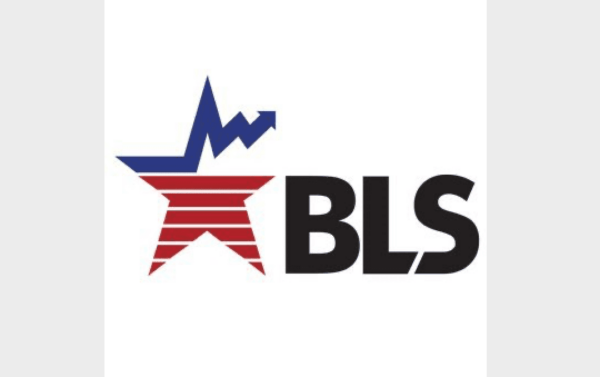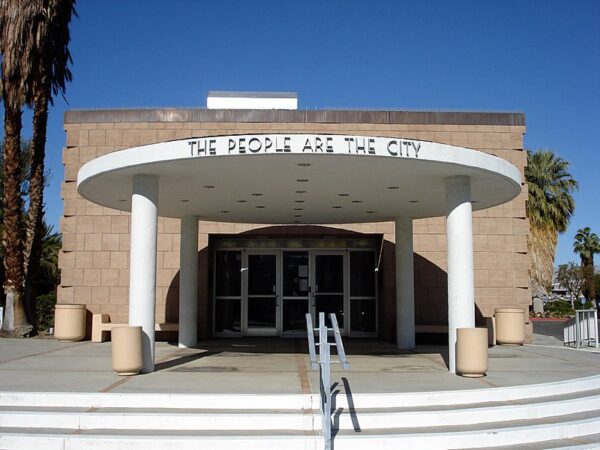Price inflation throughout the Riverside metropolitan area jumped 7.3% over the last year and was up more than 1% just in the last two months, fueled by higher energy expenses, according to a report released Tuesday by the U.S. Bureau of Labor Statistics.
The agency’s bimonthly report, which covers northwestern Riverside County, as well as the cities of Ontario and San Bernardino, indicated that food and energy were the main drivers pushing the metro area’s Consumer Price Index higher over the last 12 months.
Energy prices jumped 15.3% year over year, with natural gas price spikes that began in December offsetting a months-long gradual softening of prices at the gasoline pump, data showed. Natural gas costs per thermal unit more than doubled in December and January due to higher demand amid polar blasts across the nation’s midsection, supply shortages in California generally and commodities speculation, according to analysts.
In the previous 12 months, food costs were up 9.8%, the BLS stated, noting that there were “increases across (all) food-at-home expenditure categories.”
In December and January, the metro CPI was up 1.3%, compared to a .6% increase in the two-period ending Nov. 30, 2022.
The index showed that the annual spike in the metro CPI was not only propelled by food and energy, but also residential rents, which rose 8.3%, and healthcare expenses, which increased an average 6.2%.
The BLS report showed pocketbook pressure was up 6.4% nationwide from January 2022 to January 2023.
The current rate of inflation reflects the elevated price trajectory impacting most sectors of the economy. The Riverside metro area hasn’t recorded a comparable inflationary pattern since the local CPI was first published in 2018, data showed.
The accelerating consumer price hikes have been blamed by the Biden administration on the war in Ukraine and consequent energy supply disruptions, but critics have pointed to the administration’s restrictive domestic energy policies, as well as excessive spending, including the flood of dollars contained in relief packages, as root causes.
U.S. Treasury Secretary Janet Yellen acknowledged during congressional testimony in June that inflation is the “top economic problem” facing the nation and that it would not be “transitory,” as she and Federal Reserve Bank Chair Jerome Powell had initially predicted.
The Fed’s Open Market Committee has been gradually adjusting its benchmark, or target, lending rate over the last year, with the most recent adjustment on Feb. 1, bringing it to 4.5%, in an attempt to soak up excess liquidity and slow spending. The rate hikes will continue for the foreseeable future, Powell said.







